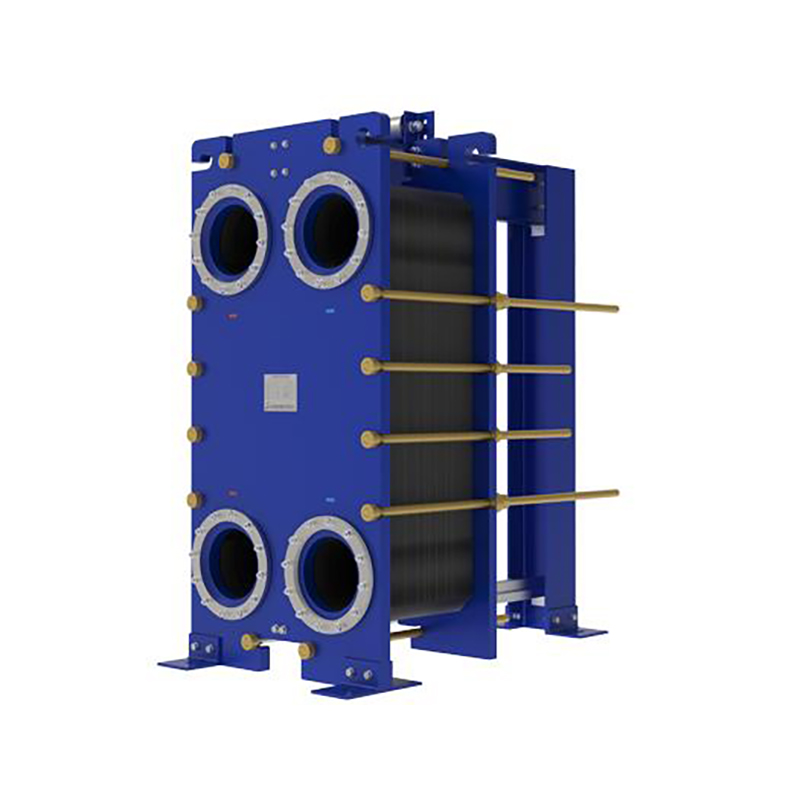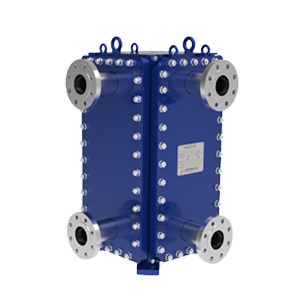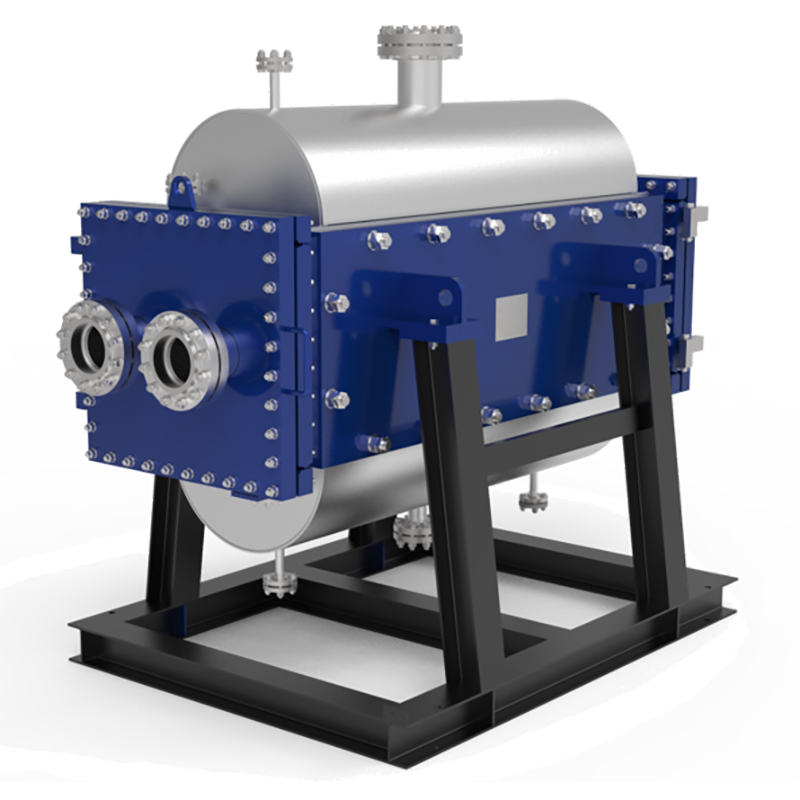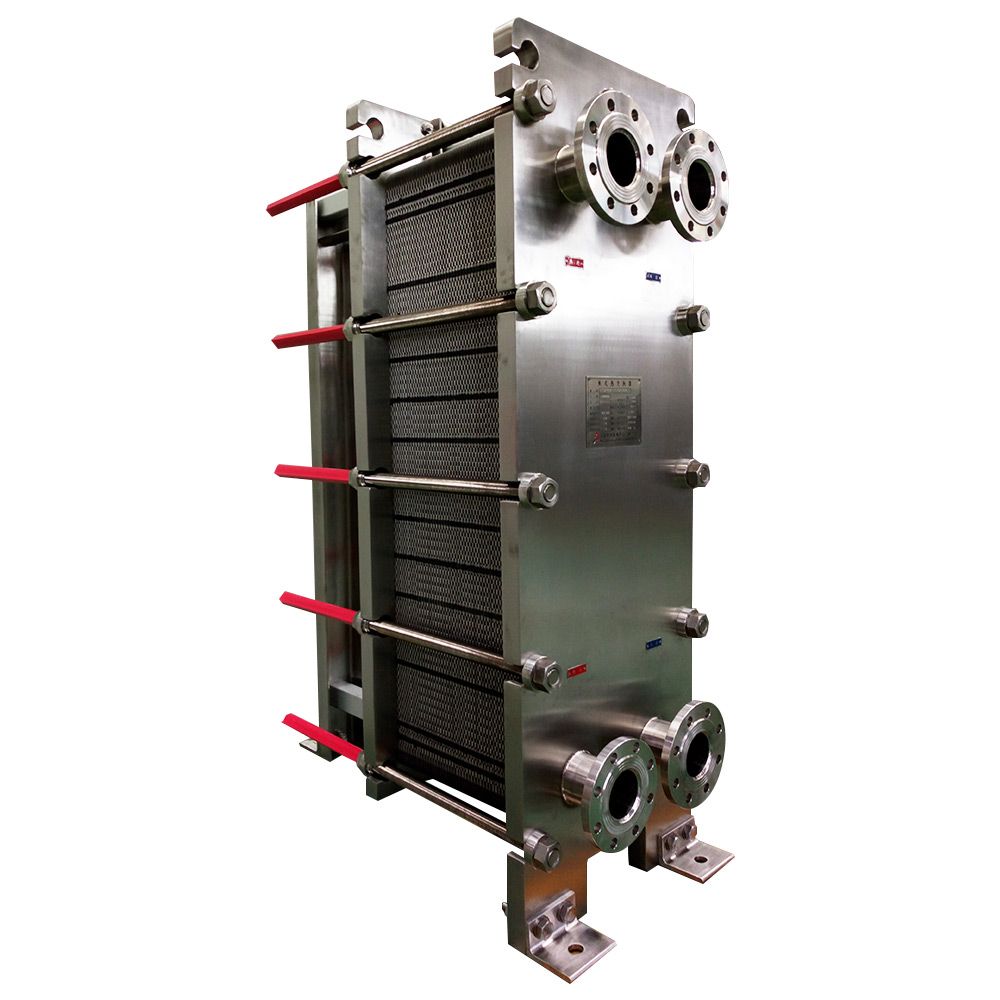Understanding api 662 for plate heat exchangers
API 662 defines standards for plate heat exchanger...
More
Plate heat exchangers operate by transferring heat between two fluids through a series of thin, corrugated metal plates. These plates are stacked together, creating alternating channels for the hot and cold fluids. As the fluids flow through these channels, heat is efficiently transferred from the hotter fluid to the cooler one without direct mixing. The corrugated design of the plates enhances turbulence, which improves heat transfer efficiency and reduces fouling. Gaskets or welded seams ensure the fluids remain separated while allowing easy maintenance or cleaning.
Plate heat exchangers are widely used in industries such as HVAC, chemical processing, and food production due to their compact design and high thermal efficiency. Compared to shell-and-tube heat exchangers, they offer up to 90% better heat transfer performance while occupying significantly less space. Their modular design allows for easy scalability, making them ideal for applications requiring variable capacity. Additionally, their low energy consumption and reduced maintenance costs make them a cost-effective solution for industrial and commercial heating and cooling needs.
Select the most popular foreign trade service products to meet your diverse needs
Learn more about the dynamics and professional knowledge of the foreign trade industry
API 662 defines standards for plate heat exchanger...
More
Plate heat exchanger gaskets perform 5 key roles: ...
More
You can see clear differences between welded block...
More
A gasket in heat exchanger seals surfaces, blocks ...
More
A welded plate exchanger offers superior durabilit...
More
ISO 15547-1:2005 specifies requirements for plate-...
MoreSelect the most popular foreign trade service products to meet your diverse needs
Explore more content related to foreign trade services

User Comments
Service Experience Sharing from Real Customers
John Smith
Mechanical EngineerThe heat exchanger plate is highly efficient and durable. It has significantly improved our system's performance.
Emily Johnson
Process EngineerGreat product! The plate for heat exchanger works perfectly in our chemical processing plant. Highly recommended.
Michael Brown
HVAC TechnicianExcellent quality and easy to install. The heat exchanger plate has exceeded our expectations in terms of thermal efficiency.
Sarah Davis
Energy ConsultantThe plate for heat exchanger is a cost-effective solution for our energy recovery projects. Very satisfied with the performance.